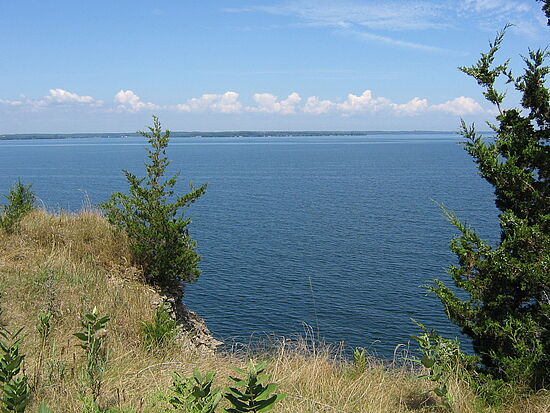Conservation Authorities (CAs) have been a fixture on the Ontario landscape since the 1940s and their work is centered around Ontario’s water resources.
During those early times, conditions across Ontario watersheds were dire with soil erosion and resulting flooding, both of which contributed to very poor water quality in our lakes, rivers and streams. An area that was hit hard was the Ganaraska watershed and one of the first Conservation Authorities to be established to address these conditions was the Ganaraska Region Conservation Authority.
In the original mandate in 1946, Conservation Authorities were given the power to study the watershed and ‘determine a scheme to conserve, restore or develop natural resources of the watershed’. Watershed planning undertaken in the Ganaraska at the time told us that restoring forest cover was essential to stabilize the landscape – and, as a result, the Ganaraska Forest was planted.
Today, 4,441 hectares of new forest provides not only a solid water management and soil stabilizing function, but also creates important habitat for wildlife and popular recreational opportunities for Ontarians. These are typical and valued outcomes for any Conservation Authority’s programs.
Then, eight years after the passing of the Conservation Authorities Act, Hurricane Hazel came along in 1954. As a result of the storm’s destruction and loss of life, Conservation Authorities were given the power to ‘control waters to prevent floods or pollution’ and this has resulted in another critical role – to protect property and people through planning and regulations.
Conserving natural resources, monitoring, conditions, predicting flooding and regulating the floodplain are the cornerstones of conservation authority watershed management programs.
Conservation Authorities are local environmental organizations with our ‘boots on the ground, fingers in the soil and hands in the water’ helping municipalities, the Province and other watershed stakeholders achieve their environmental objectives and support sustainable growth. There is always work to be done to improve environmental conditions, especially in rapidly urbanizing areas around the GTA and other city locations such as London, Windsor, and Ottawa.
We provide jobs to environmental professionals and students. We contribute to a green and prosperous Ontario. Our work keeps Ontarians safe. Our work provides recreational opportunities for Ontarians. And, our work makes Ontario a more climate change-resilient and sustainable province. As the province reexamines its role in delivering environmental programs that protect water and land-based natural resources we ask, if not us, then who?
Author: Deborah Martin Downs, Chief Administrative Officer, Credit Valley Conservation
